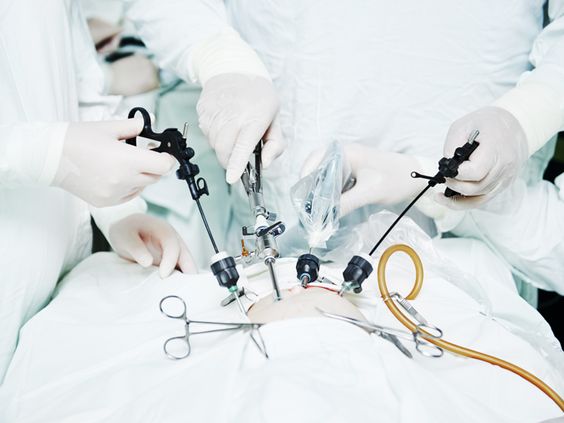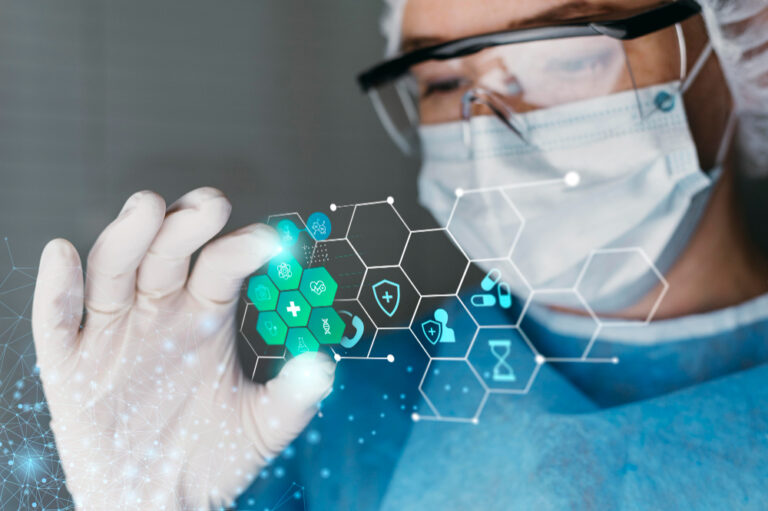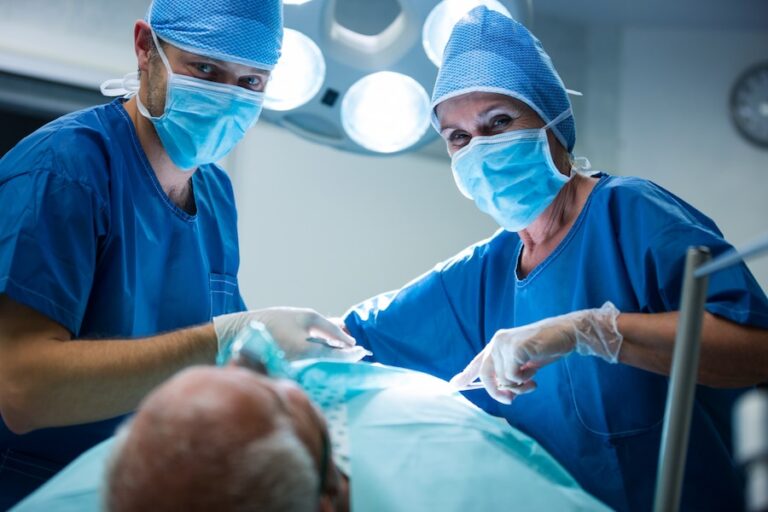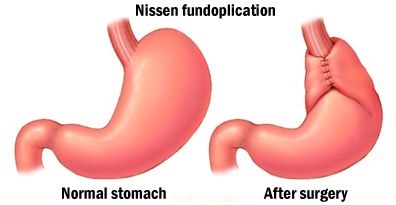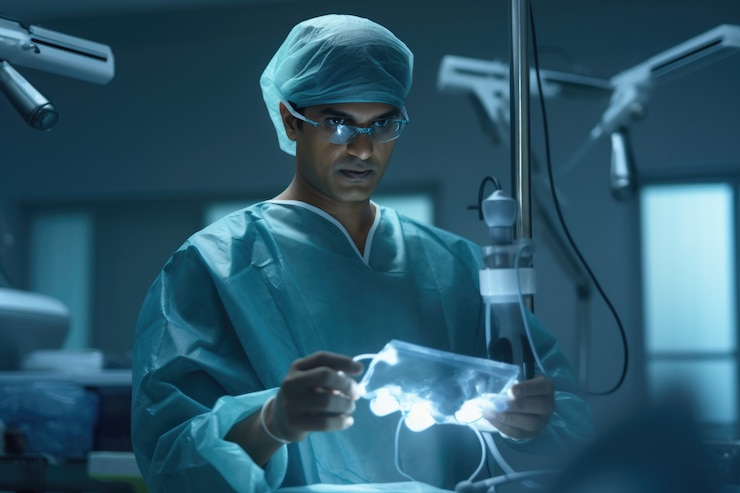Instrumentation And Technology In Laparoscopic Gastrointestinal Surgery
revolutionary approach, transforming traditional open surgeries into minimally invasive procedures. Instrumentation and technology play pivotal roles in making these surgeries not only feasible but also efficient and safe. This article explores the advanced instruments and technologies driving laparoscopic GI surgery, shedding light on their impact on patient outcomes and the evolving landscape of surgical interventions.
Evolution of Laparoscopic GI Surgery
The history of laparoscopic surgery dates back to the early 20th century, but it gained prominence in the 1980s and 1990s with the introduction of advanced laparoscopic instruments. Initially limited to diagnostic procedures, laparoscopy gradually expanded its scope to encompass various GI surgeries, including cholecystectomy, appendectomy, and colorectal procedures.
Key Instruments in Laparoscopic GI Surgery
Trocar Systems:
Trocars are essential for creating access points in the abdominal wall for the insertion of laparoscopic instruments. They come in various sizes and designs, allowing surgeons to choose the most suitable configuration based on the procedure’s requirements.
Laparoscopic Cameras:
High-definition cameras provide surgeons with a clear and magnified view of the operative field. These cameras are usually attached to the laparoscope, enabling real-time visualization on monitors in the operating room.
Laparoscopes:
Laparoscopes are long, thin instruments equipped with a light source and camera. They are inserted through trocars to provide a direct view of the abdominal cavity. Modern laparoscopes offer 3D imaging and improved flexibility, enhancing the surgeon’s precision.
Insufflators:
Carbon dioxide insufflators are used to inflate the abdominal cavity, creating a space for the surgeon to work. Maintaining the appropriate pneumoperitoneum pressure is crucial for optimal visibility and maneuverability during the procedure.
Electrosurgical Instruments:
High-frequency electrical currents are employed in laparoscopic surgery for cutting, coagulating, and dissecting tissues. Electrosurgical instruments, such as bipolar and monopolar devices, contribute to efficient hemostasis and tissue manipulation.
Endoscopic Staplers:
Staplers have become indispensable in laparoscopic GI surgery for creating anastomoses and securing tissues. They enhance the precision and speed of the surgical process, reducing operative time and minimizing complications.
Technological Advancements
Robot-Assisted Surgery:
Robotic systems, such as the da Vinci Surgical System, have revolutionized laparoscopic GI surgery. These systems offer enhanced dexterity, precision, and three-dimensional visualization, allowing surgeons to perform complex procedures with improved outcomes.
Artificial Intelligence (AI):
AI is making inroads into laparoscopic surgery by assisting in image recognition, predictive analytics, and decision-making. AI algorithms can analyze preoperative and intraoperative data, aiding surgeons in planning and executing procedures more effectively.
Augmented Reality (AR):
AR technologies overlay virtual information onto the surgeon’s field of view, providing additional guidance during procedures. This can enhance anatomical visualization and improve surgical accuracy, particularly in complex GI surgeries.
Telepresence Surgery:
With advancements in communication technology, laparoscopic surgery can be performed remotely through telepresence systems. This enables experienced surgeons to provide their expertise to distant locations, expanding access to specialized care.
Benefits of Advanced Instrumentation and Technology
Reduced Invasiveness:
The primary advantage of laparoscopic GI surgery lies in its minimally invasive nature, resulting in smaller incisions, reduced postoperative pain, and quicker recovery times for patients.
Enhanced Precision:
Advanced instruments and technologies provide surgeons with superior visualization and control, allowing for precise movements and improved accuracy in tissue manipulation.
Faster Recovery and Shorter Hospital Stays:
Minimally invasive procedures contribute to shorter hospital stays, promoting faster recovery and enabling patients to resume their normal activities sooner than with traditional open surgeries.
Decreased Complications:
The smaller incisions and reduced tissue trauma associated with laparoscopic surgery often lead to fewer postoperative complications, including infections and hernias.
Challenges and Future Directions
While the advancements in instrumentation and technology have transformed laparoscopic GI surgery, challenges persist. Cost considerations, the learning curve associated with new technologies, and the need for standardized training protocols are areas that warrant attention. Additionally, ongoing research aims to further refine existing technologies and explore novel approaches to improve patient outcomes.
Conclusion
Instrumentation and technology have propelled laparoscopic GI surgery into a new era, offering patients and surgeons alike a range of benefits. The continuous evolution of these tools, coupled with innovations like robotic assistance, artificial intelligence, and augmented reality, promises a future where minimally invasive procedures become even more accessible and effective. As the field continues to advance, collaboration between surgeons, engineers, and researchers will play a crucial role in shaping the next generation of laparoscopic GI surgery.

